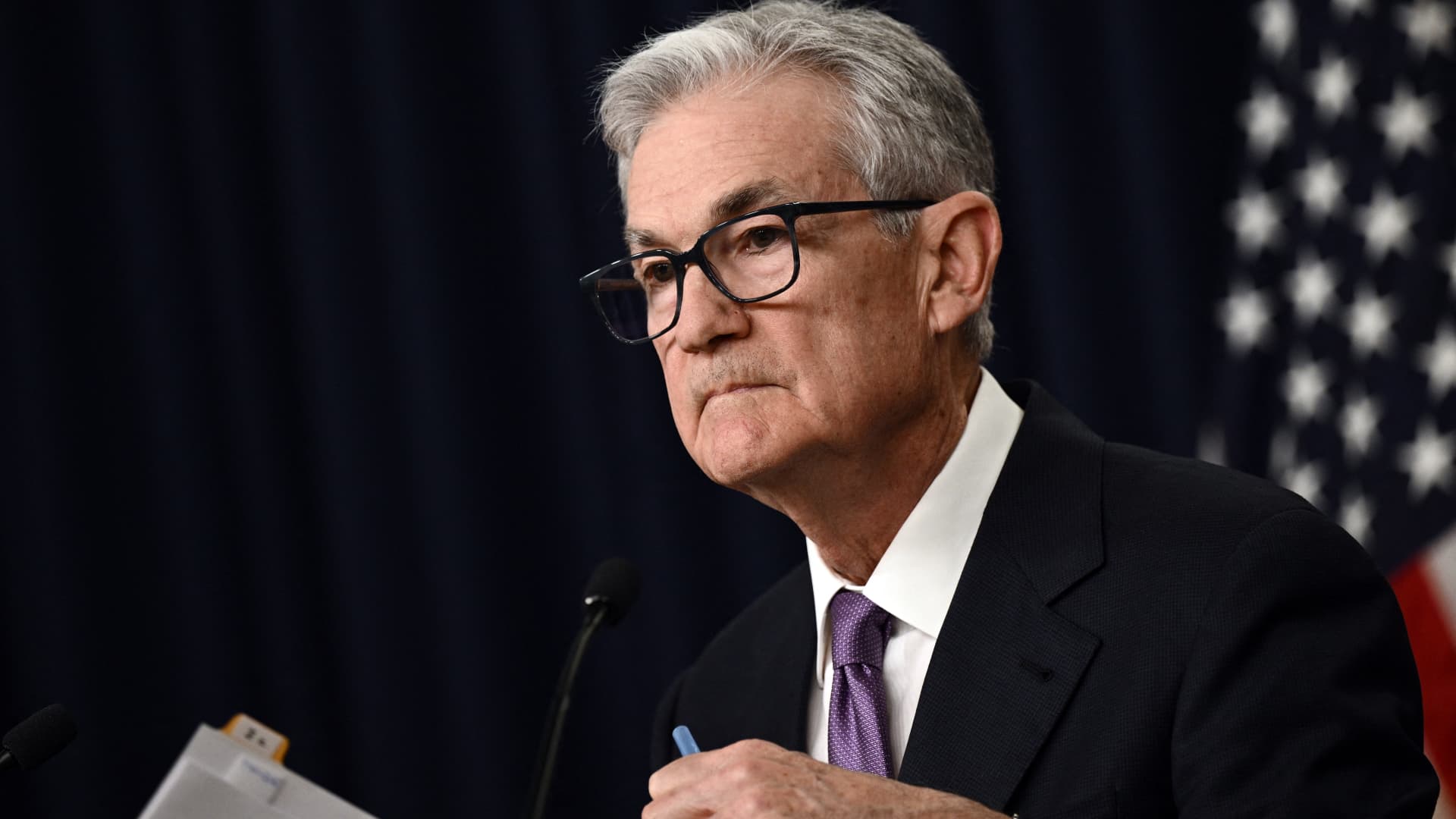That said, officials “reaffirmed that it would be appropriate for policy to remain at a restrictive stance for some time until inflation was clearly moving down sustainably.”
The minutes indicated increased optimism among participants about the path of inflation, noting “clear progress.” The committee expressed a willingness to cut the benchmark lending rate in 2024 should that trend continue, though the timing of such a move remained uncertain.
“In their submitted projections, almost all participants indicated that, reflecting the improvements in their inflation outlooks, their baseline projections implied that a lower target range for the federal funds rate would be appropriate by the end of 2024,” the minutes said.
Treasury yields increased and the S&P 500 remained weaker following the report. Swaps indicated the odds of a quarter-point cut in March edged down.
At the meeting, central bankers voted unanimously to hold the benchmark lending rate steady in a range of 5.25% to 5.5% for a third consecutive time. While the FOMC’s statement left the door open for another hike, officials’ forecasts signaled the end of the most aggressive tightening cycle in a generation.
The quarterly projections implied three interest-rate cuts in 2024 — or some 75 basis points of cuts. The updated outlook, paired with Fed Chair Jerome Powell’s comments following the meeting, ignited a rally in stocks and bonds, fueling a broader easing in financial conditions.Officials’ individual expectations for the federal funds rate at the end of 2024 ranged widely, however. The Fed’s “dot plot” showed eight officials saw two quarter-point cuts or less, while 11 officials expected three or more.
A tweak to the Fed’s post-meeting statement also highlighted the shift in tone, with officials noting they will monitor a range of data and developments to see if “any” additional policy firming is appropriate.
March Expectation
Futures markets have been anticipating the Fed will cut rates six times this year, beginning with a likely quarter-point reduction in March. Several Fed officials, however, have pushed back against expectations of an imminent policy move.
Powell said at the press conference that it was premature to declare victory, though he did acknowledge the question of when to begin “dialing back” policy restraint was discussed.
Officials slowed the pace of rate increases last year after a series of rapid hikes in 2022. Inflation has cooled considerably, to 3.2% on an annual basis, as measured by the Fed’s preferred benchmark minus food and energy.
Participants pointed to six-month inflation readings, as well as growing signs of demand and supply coming into better balance.
The Fed’s preferred underlying inflation gauge rose just 1.9% in November on a six-month annualized basis, the first time in more than three years the measure slipped below the Fed’s 2% target.
The labor market, meanwhile, has remained relatively healthy despite higher interest rates. Payrolls grew an average of 204,000 over the most recently reported three months and job openings declined, consistent with a gradual moderation in hiring. December employment figures will be released Friday.
Persistently strong wage gains or unexpectedly buoyant economic growth could slow or even threaten inflation’s progress to the central bank’s target. Officials’ latest projections show the economy expanding at a much slower 1.4% rate in 2024 with little cost to jobs.
“Participants generally perceived a high degree of uncertainty surrounding the economic outlook,” the minutes said.













